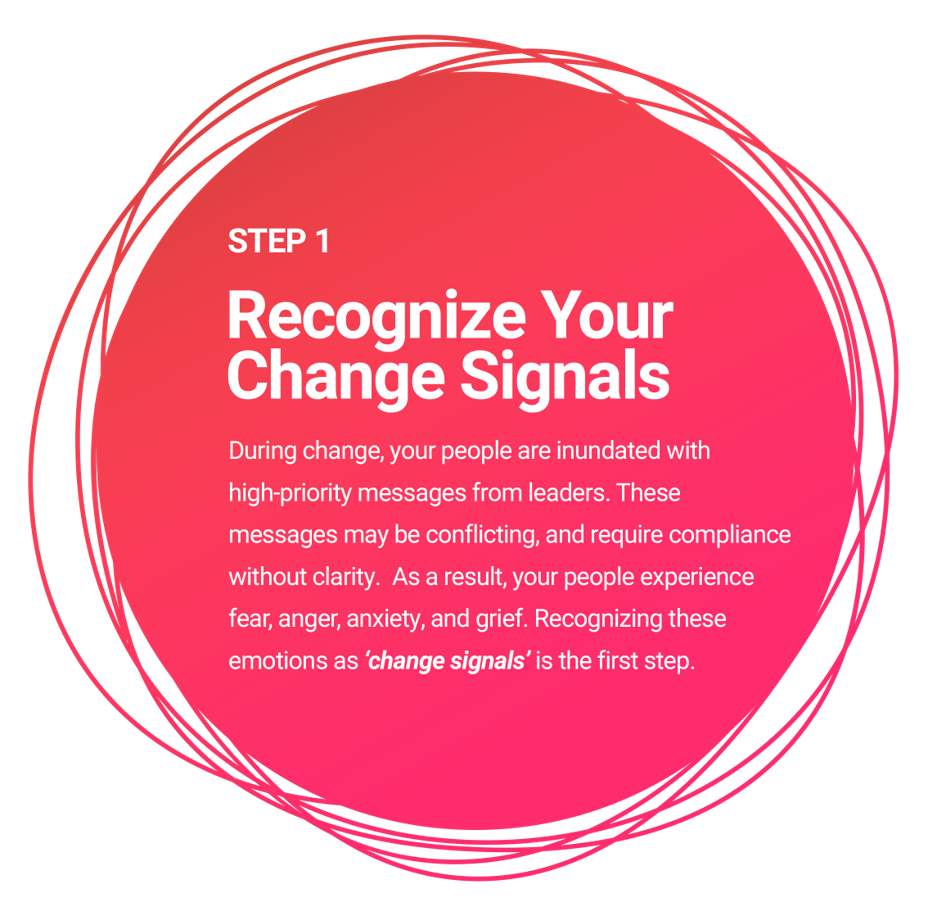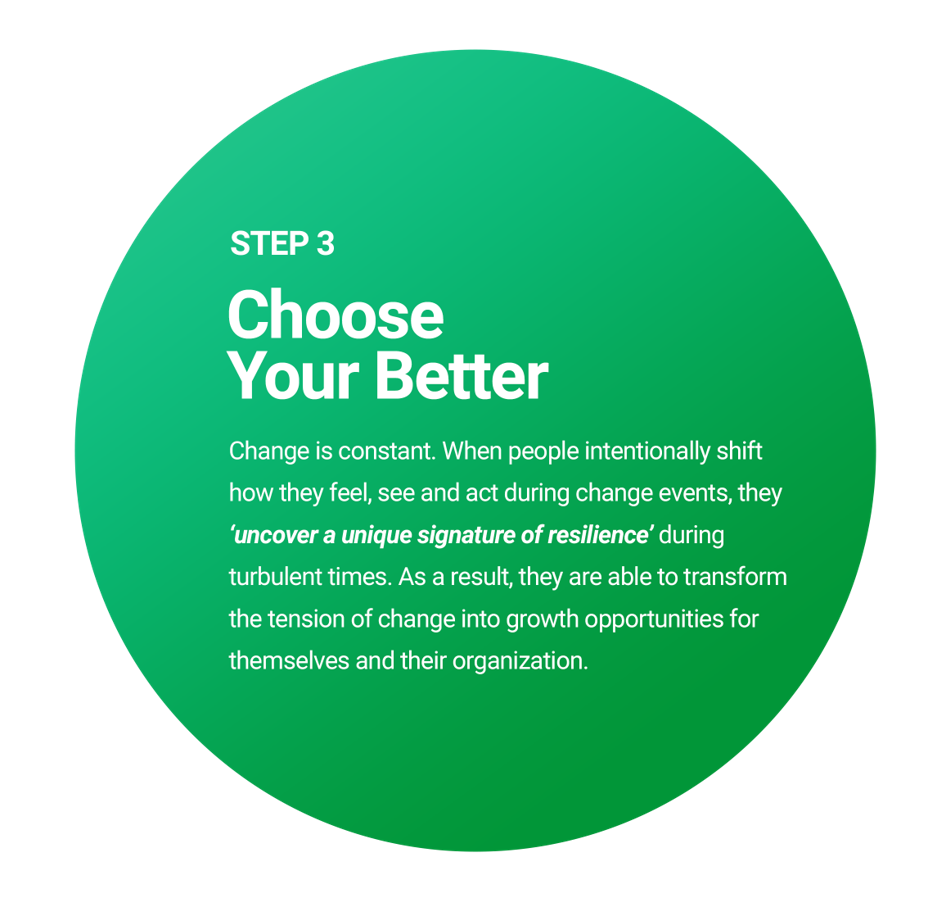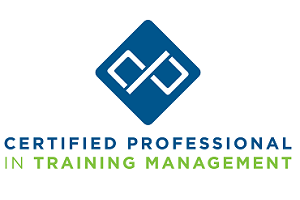When faced with a change challenge or major disruption, typically, the first thing we face are our emotions. In my work with Fortune 100 organizations and C-suite executives around the world, I have found that we can distill these initial emotions into what I’ve coined the five signal emotions of change: fear, anxiety, frustration, anger and grief.
Emotion travels more quickly than thought. In fact, social psychology teaches us that an emotional response to a given stimuli is milliseconds faster than a cognitive (thinking) response. These lightening-fast reactions that bypass the rational brain center stem from the innate survival response we inherited from our earliest ancestors.
These emotions are real, natural and efficient. The question is, how can we leverage the power of emotion — this prized inheritance of our species — to become more effective leaders in the face of change and major disruption to the status quo?
During the incredible year of 2020, a year I lovingly refer to as “the s— show,” I had to practice what I preach more than ever before. In March, my work calendar was, in a word, annihilated. Every single speaking engagement and in-person workshop was either cancelled or postponed. All the inquiries and leads dried up.
I was lost. I was anxious. I felt like I was right back on square 1 of my entrepreneurial pursuits — but now without a corporate full-time position as a safety net. I was in the dark regarding how I was going to continue building my growth enablement firm through the devastation. I wanted to keep the lights out, remain on the couch or in bed, binge Netflix, binge eat, and drift in and out of consciousness in the internal sea of those really tough emotions.
As leaders and trainers, we experience the emotions of change, emotions that can drive us not to want to get out of bed in the morning, but these feelings don’t negate our responsibility to lead our teams and organizations through change and ensure they have the training to enable their success. Perhaps you experienced something similar last year, going through major pivots to ensure your organization could continue its training and development initiatives, with many of your employees likely working remotely.
How do we show up as effective leaders during times of change? How do we continue influencing and inspiring our teams, peers and learners during a significant disruption, like a global pandemic?
There are three steps you can practice that comprise a growth mindset I have coined Change Enthusiasm®. I have shared this with thousands, across dozens of industries all over the world, enabling self-actualized and sustained growth through change. It is the same mindset I practiced throughout 2020, a year that now lays claim to the title of my greatest teacher.
Step 1: Recognize Your Change Signal
Change has always elicited emotion, from the days when our early ancestors, gathering supplies in the forest, were suddenly fear-struck by a rustling in the bush. They felt fear, and that feeling signaled a moment of opportunity: either to be consumed by a predator or to devise a way to escape. The emotions of change present us with that opportunity today — an opportunity to grow and evolve.
This step is all about believing and trusting in that moment of opportunity. It was trust that enabled me to shift my conscious thoughts away from the ones that were fueling anxiety and despair. My conscious thoughts began shifting into a knowing that the presence of those signal emotions meant it was time for my business and me to grow.
Once you’ve embraced your emotions as that signal and you trust that you are in a moment of opportunity, you’re ready to move into the second step of this practice.

Step 2: See Change as an Opportunity
Here’s where the real work comes in. After trusting you’re in that moment of opportunity, create a list of options you could explore to begin stepping toward what I call the growth-sustaining emotions of change: anticipation, joy, hope, gratitude and excitement.
As I lay on my couch last spring, devastated and nearly regretting sunsetting my corporate career and steady paycheck, I saw a couple options: I could either hang up my entrepreneurial hat, admit defeat and begin looking for full-time work, or I could reinvest in myself and my business with laser focus and fervor. Given the depth of the signal emotions I experienced regarding my business and my livelihood, I moved into this second step of practice: trusting that a great opportunity was presenting itself.
“Opportunity” is defined as a good chance or possibility for advancement or progress. As I further explored the option of reinvesting in my business, I began seeing in my mind’s eye so much possibility for progress:
-
- Embracing the fact that the business needs to shift will help me move ahead of my competitors.
- The business could shift such that I can serve my clients better and more holistically than before.
- I could learn about producing high-quality virtual engagements through the power of technology.
- I could grow my global footprint further and faster by serving clients virtually.
The list went on and on, far exceeding the list I composed under the option of pursuing another full-time corporate position. In seeing and believing in possibility, all that was left in moving toward the business of growing was to take that last step in this practice: choosing my “better.”

Step 3: Consciously Choose Your Better
The final step of this practice places you squarely in the seat of choice, empowered to guide and own how you experience change and disruption. Inspired by possibility, I slowly left the couch and returned to my home office. Inspired by possibility, I began transforming the energy of fear into the energy of hope. Inspired by the tremendous opportunities ahead, I began transforming the energy of anxiety and frustration into the energy of anticipation and excitement. And that energy fueled me. It lit a fire in my belly, and my firm inspired more individuals in 2020 than I could have ever anticipated.

The emotions of change are real and undeniable. Though tough at times, they are our prized inheritance, serving as signals and as invitations to our greatest growth opportunities. I know how tough the experience of change and the subsequent signal emotions can be. I had more dark moments than I care to count in 2020. But, through the practice of Change Enthusiasm®, the shift of 2020 fueled the exponential growth of both my business and myself as a leader, author and executive.
It is imperative to leverage the power of emotion, a resource in infinite supply, to fuel learning and growth through disruption. When we recognize our emotional energy and transform it into fuel, we inspire growth in ourselves, our teams, our organizations and our peers through every change challenge.
You can do the same through the practice of the Change Enthusiasm® growth mindset:
-
- Embrace the emotion as a signal.
- Trust the opportunity, and explore options to reach a better feeling.
- Make a conscious, productive choice toward that better feeling and better result.
This process is a practice. These steps are not ones you take once to become enthusiastic about every change that comes your way. It is only through practice that we can realize the promise of Change Enthusiasm®. Through this day-to-day practice, in the face of every emotion you feel, you’ll be engaging in a growth cycle:
-
- Trusting that big change and disruption happens for you, not to
- Building your resiliency muscle.
- Increasing your emotional self-awareness.
- Becoming a more effective leader.
- Harnessing the power of emotion to inspire growth and evolution to your best self.
Don’t miss Cassandra’s keynote at the virtual Training Industry Conference & Expo!




